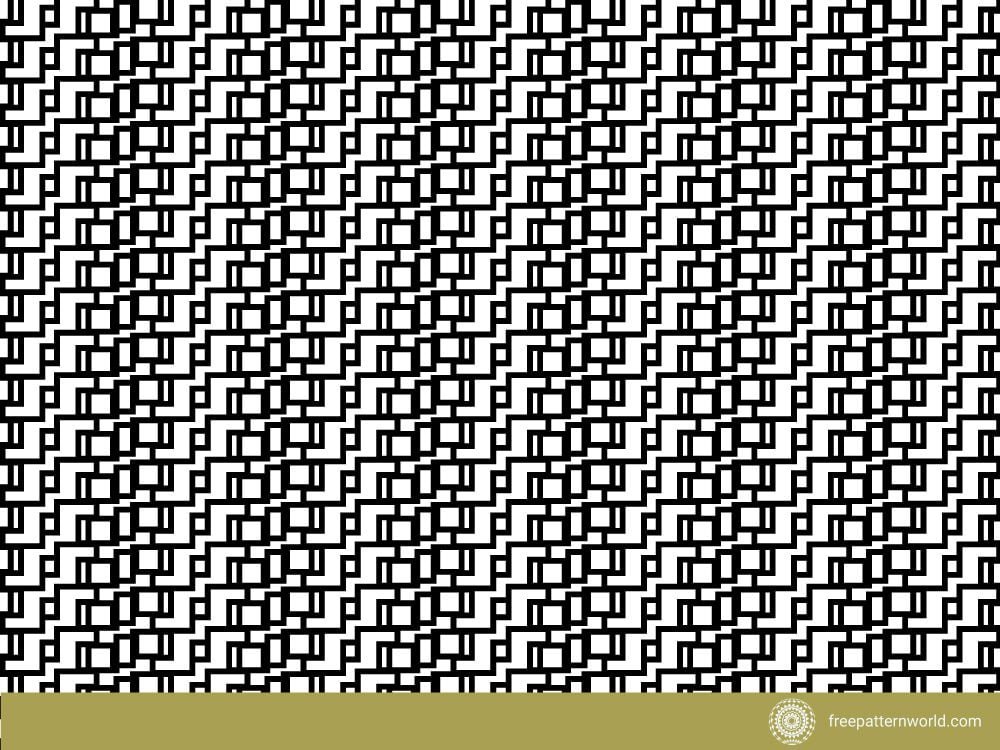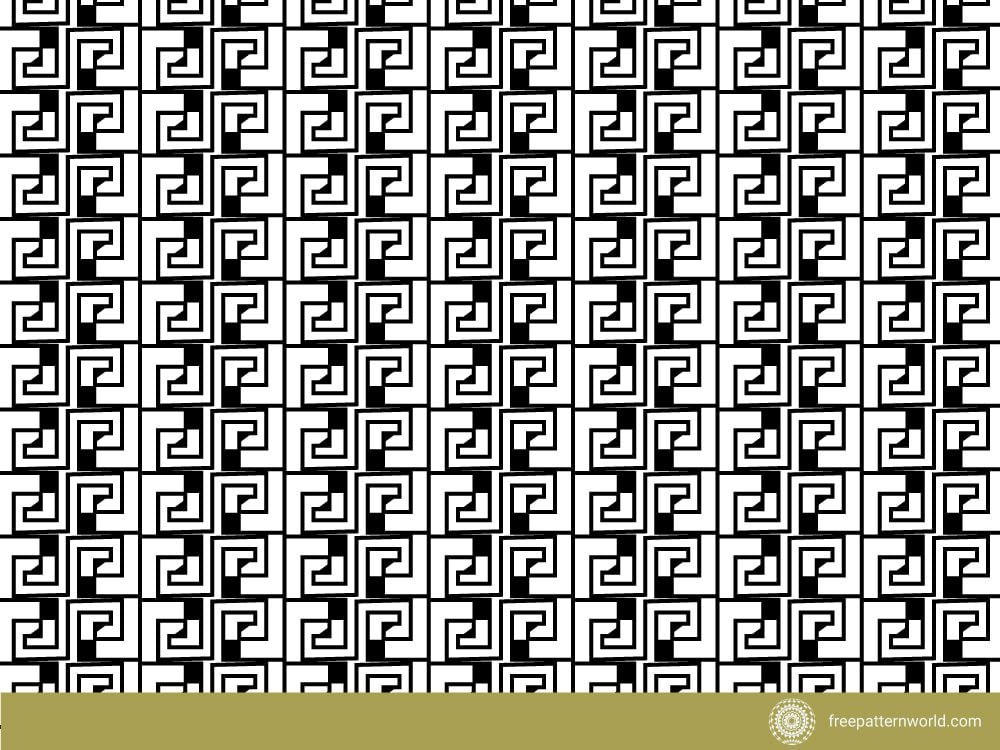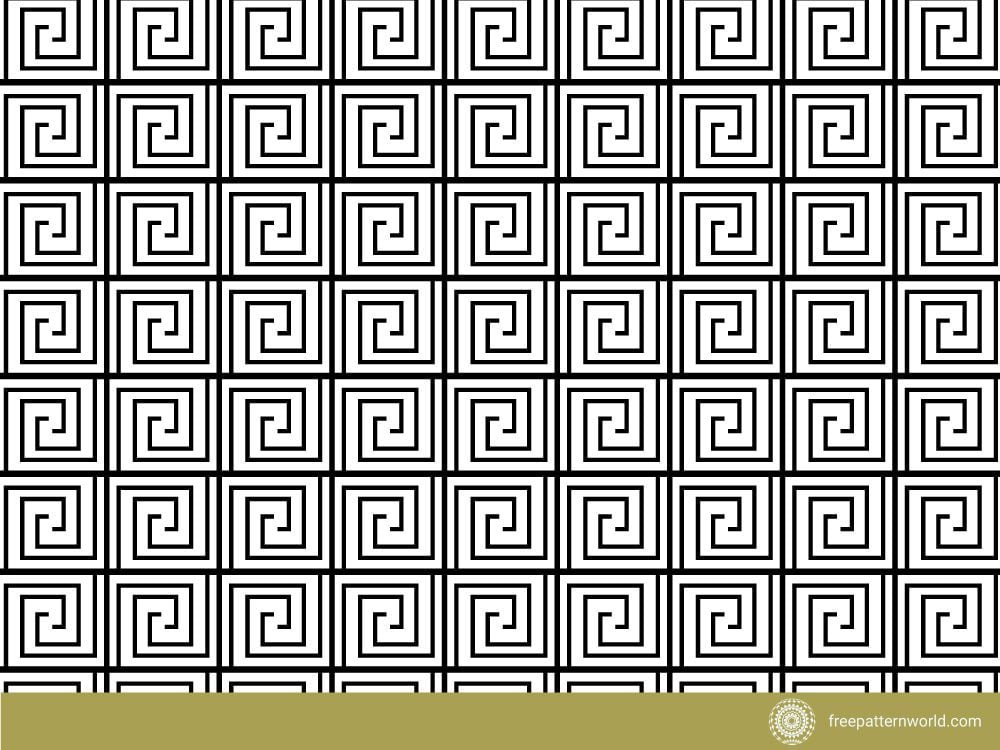
Fret pattern design, with its geometric precision and historical significance, has been a prominent motif in art, architecture, and design for centuries. Characterized by intricate interlocking lines and often forming repetitive geometric shapes, fret patterns can be found across various cultures and eras, from ancient Greek friezes to modern architectural facades.

In this blog post, we will delve into the origins of fret design patterns, their cultural significance, and the myriad ways they can be incorporated into contemporary design projects.

The Origins of Fret Pattern Design
The term “fret” refers to a decorative design featuring continuous geometric patterns, often made up of straight lines or interlocking motifs. Fret patterns are also known as “key patterns” or “meanders,” particularly when they form a continuous line that loops back on itself.

Historical Context
fret design patterns date back to ancient civilizations, with some of the earliest examples found in Greek and Roman architecture. The Greek key, or meander, is one of the most famous fret patterns, often used in architectural friezes, pottery, and mosaics. This motif symbolizes infinity and unity, with its continuous looping design representing the eternal flow of life.

In Chinese art and architecture, fret design patterns have been used extensively in woodwork, textiles, and ceramics. Known as “leiwen” in Chinese, these patterns are often associated with thunder and power, reflecting their dynamic and energetic lines. Similarly, in Mayan and Aztec cultures, fret patterns can be found in stone carvings and textiles, symbolizing various spiritual and natural elements.

Fret design is a timeless and versatile motif that continues to inspire and captivate designers across various fields. Its geometric precision, historical significance, and cultural symbolism make it a powerful design element that can add depth, elegance, and meaning to any project. Whether you are working in interior design, architecture, graphic design, or fashion, incorporating fret patterns into your work can enhance its aesthetic appeal and create a lasting impression.
To download more Click here.
Download more free pattern designs from freepatternword and freepik.
Support Us with Crypto!
If you enjoy our content and want to help keep this site running, you can support us with crypto. Your support is appreciated!
USDT(TRC20): TSW1iyNhUHiGvc2VdQvZqkqgCTGvdrnsY7
Bitcoin: 38ZHQNkrbZKYJhbLeFZiCrQdR3C2ddtAzV
ERC-20: 0xe1BD9D788256905c6efFd38333A3fF1b6DE3ce67
What are fret design pattern?
Fret patterns are decorative designs featuring interlacing, repeating geometric shapes, often in straight lines or angular forms. These patterns are commonly found in architectural details, textiles, and decorative arts.
Where can I use fret pattern designs?
Fret pattern designs can be used in various applications, including interior design (wallpaper, tiles, and fabrics), fashion (clothing and accessories), graphic design, and product packaging. They are also popular in architectural elements like window grilles, friezes, and moldings.
What are the key characteristics of fret pattern designs?
Key characteristics of fret patterns include their geometric nature, repeating elements, and intricate interlocking shapes. These designs often convey a sense of order, structure, and elegance, making them suitable for both traditional and contemporary settings.
How do I choose the right fret pattern for my project?
When selecting a fret design patterns, consider the overall style and theme of your project. For a classic look, opt for traditional Greek or Roman fret designs. For a modern aesthetic, choose patterns with clean lines and minimalistic shapes. Consider the scale, color, and complexity of the pattern to ensure it complements your project.
Are fret patterns versatile in design applications?
Yes, Fret design patterns are highly versatile and can be adapted to suit a wide range of design styles. They can be scaled up or down, simplified or made more intricate, and customized in various colors to match the desired aesthetic.
What materials work best with fret pattern designs?
Fret design patterns can be applied to a variety of materials, including wood, metal, ceramic, fabric, and paper. The choice of material depends on the intended use—wood and metal are great for architectural elements, while fabric is ideal for clothing and upholstery.
Can fret patterns be customized?
Absolutely! Fret design patterns can be customized in terms of size, color, and complexity to fit specific design needs. Customization allows you to create unique and personalized designs that align with your project’s vision.
How do I integrate fret patterns into a modern design?
To integrate fret design patterns into a modern design, choose patterns with clean lines and minimalistic shapes. Use them sparingly as accents or focal points to avoid overwhelming the space. Combining fret patterns with neutral colors and sleek materials can create a sophisticated and contemporary look.
Are there any historical or cultural significances associated with fret patterns?
Yes, fret design patterns have historical and cultural significance, particularly in ancient Greek, Roman, and Chinese art and architecture. These patterns often symbolize infinity and continuity due to their repeating, interlocking designs.
Where can I find inspiration for fret pattern designs?
Inspiration for fret design patterns can be found in historical architecture, traditional textiles, and contemporary design sources. Museums, design books, and online platforms like Pinterest and design blogs freepatternworld are great places to explore a wide variety of fret design patterns examples.



